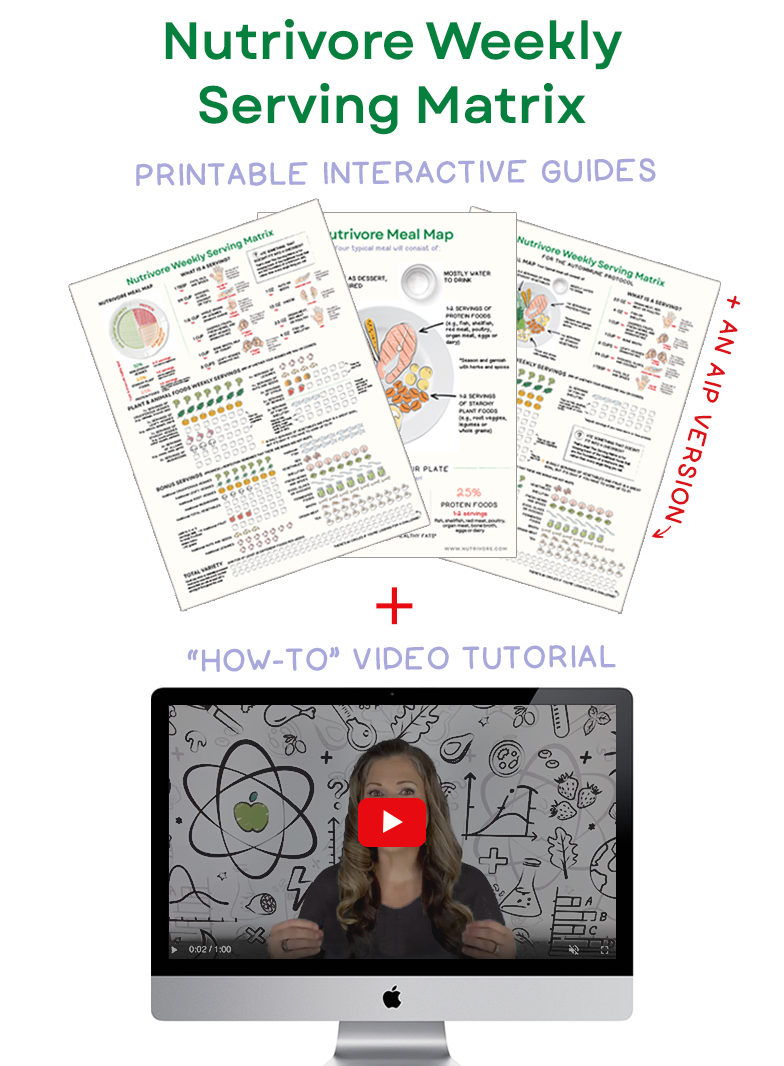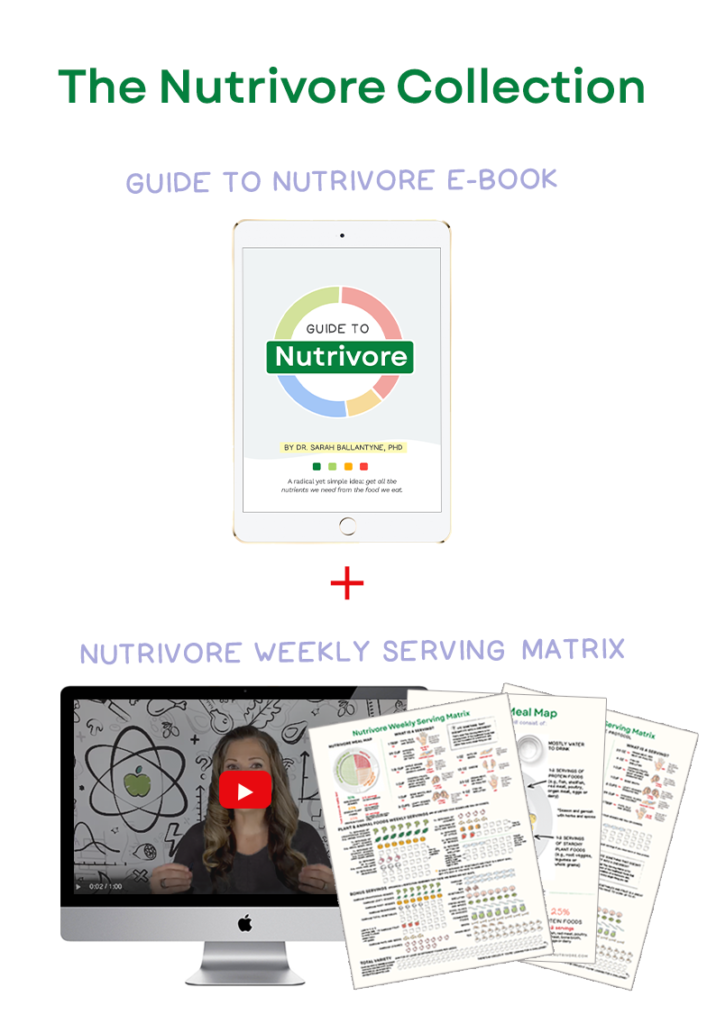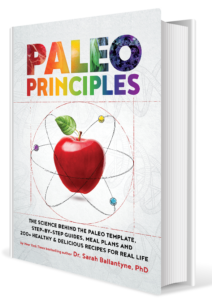Gout is caused by hyperuricemia, too much uric acid in the blood. Sharp needlelike crystals of urate (uric acid salts) form and deposit in joints, especially in the cooler areas of the body, such as the metatarsophalangeal joint of the big toe. The symptoms include joint swelling, redness and pain, especially in lower-body joints, and inflammatory arthritis (called gouty arthritis) which can affect any joint. Gout affects about 2% of people in Western countries at some point in their lives with an estimated 3 million new cases annually in the USA.
Table of Contents[Hide][Show]
Gout is associated with other chronic health problems and is frequently comorbid with hyperlipidemia (high cholesterol), hypertension (high blood pressure), cardiovascular disease, kidney disease, diabetes, obesity, and metabolic syndrome.
Should I avoid meat if I have gout?
 Because purines are metabolized into uric acid, gout is typically blamed on eating too much meat which is high in purines. Purines are uricogenic nucleic acids—that is, nucleic acids (components of DNA and RNA) that elevate uric acid levels in the blood. Purines are considered antinutrients because they bind to iron. High-purine foods include meat, fish, shellfish, asparagus, cauliflower, spinach, mushrooms, grains, and legumes. Low-purine diets have traditionally been recommended for those with gout and hyperuricaemia (high blood levels of uric acid); however, more recent scientific research shows that refined sugar, and especially fructose, is the more likely culprit.
Because purines are metabolized into uric acid, gout is typically blamed on eating too much meat which is high in purines. Purines are uricogenic nucleic acids—that is, nucleic acids (components of DNA and RNA) that elevate uric acid levels in the blood. Purines are considered antinutrients because they bind to iron. High-purine foods include meat, fish, shellfish, asparagus, cauliflower, spinach, mushrooms, grains, and legumes. Low-purine diets have traditionally been recommended for those with gout and hyperuricaemia (high blood levels of uric acid); however, more recent scientific research shows that refined sugar, and especially fructose, is the more likely culprit.
The Gout-Fructose Connection
 Fructose seems to be a bigger player in the development of gout and the common denominator between gout and its comorbidities. See also Is Fructose a Key Player in the Rise of Chronic Health Problems?, Why is High Fructose Corn Syrup Bad For Us?, Fructose and Vitamin D Deficiency: The Perfect Storm?, and Is It Paleo? Fructose and Fructose-Based Sweeteners (I’m looking at you, Agave!).
Fructose seems to be a bigger player in the development of gout and the common denominator between gout and its comorbidities. See also Is Fructose a Key Player in the Rise of Chronic Health Problems?, Why is High Fructose Corn Syrup Bad For Us?, Fructose and Vitamin D Deficiency: The Perfect Storm?, and Is It Paleo? Fructose and Fructose-Based Sweeteners (I’m looking at you, Agave!).
About one third of American have hyperuricemia; no surprise when you look at our average fructose intake! Consuming fructose (or high-fructose corn syrup or sucrose) increases uric acid levels in the blood within 30 minutes, and with continued high fructose intake, uric acid in the blood can remain elevated. One study in men showed that those who consumed two soft drinks per day had an 85 percent higher chance of developing gout. And a recent meta-analysis showed that people who get 12% of their calories form fructose have a 62 percent higher risk of gout compared to people who get 7% of their calories from fructose. To put this into perspective, eating meat increases risk of gout by 41 percent compared to a meat-free diet (not necessarily vegetarian); drinking one alcoholic beverage per day increases risk of gout by 10 percent but drinking two per day doubles risk; and having a BMI over 27.5 increases risk of gout by a whopping 16 times! See also The WHYs behind the Autoimmune Protocol: Alcohol and Paleo for Weight Loss.
Modifying Paleo for Gout
 Most studies show that eating more vegetables and fruits decreases risk of gout as well as risk of gout flares once diagnosed (see The Importance of Vegetables, The Amazing World of Plant Phytochemicals: Why a diet rich in veggies is so important! and Why Fruit is a Good Source of Carbohydrates). Even eating high-purine vegetables reduces gout risk by 5 percent for each daily serving. This may be attributable to some important nutrients in vegetables and fruit. For example, getting over 8 grams of fiber per day decreases risk of gout by 62% compared to getting less than 6 grams per day—and note that 8 grams of fiber isn’t very much (see 5 Reasons to Eat More Fiber and The Fiber Manifesto Part 1 of 5: What Is Fiber and Why Is it Good?)! One study showed that consuming 62 milligrams or more of vitamin C per day decreases risk of gout by 69 percent compared to consuming less than 51 milligrams. And consuming more than 63 micrograms of vitamin B9 daily decreases risk of gout by 67 percent compared to consuming less than 52 micrograms.
Most studies show that eating more vegetables and fruits decreases risk of gout as well as risk of gout flares once diagnosed (see The Importance of Vegetables, The Amazing World of Plant Phytochemicals: Why a diet rich in veggies is so important! and Why Fruit is a Good Source of Carbohydrates). Even eating high-purine vegetables reduces gout risk by 5 percent for each daily serving. This may be attributable to some important nutrients in vegetables and fruit. For example, getting over 8 grams of fiber per day decreases risk of gout by 62% compared to getting less than 6 grams per day—and note that 8 grams of fiber isn’t very much (see 5 Reasons to Eat More Fiber and The Fiber Manifesto Part 1 of 5: What Is Fiber and Why Is it Good?)! One study showed that consuming 62 milligrams or more of vitamin C per day decreases risk of gout by 69 percent compared to consuming less than 51 milligrams. And consuming more than 63 micrograms of vitamin B9 daily decreases risk of gout by 67 percent compared to consuming less than 52 micrograms.
Lifestyle is also important; one study in men showed that the more active and fit they were, the lower their risk of gout (see The Benefits of Gentle Movement and Why is Exercise so Important?).
So, what can you do to decrease gout risk?
- Reduce sugar intake, especially fructose.
- Limit alcohol intake.
- Eat a veggie-rich diet.
- Maintain a healthy body weight.
- Live an active lifestyle.
Nutrivore Weekly Serving Matrix
An easy-to-use and flexible weekly checklist
to help you maximize nutrient-density.
The Weekly Serving Matrix is very helpful! I’ve been eating along these lines but this really helps me know where to focus vs. which foods serve a more secondary role. It’s super helpful and has taken a lot of worry out of my meal planning. Thanks!
Jan
Once gout has developed, diets low in purine-rich animal foods are typically advised. While acutely high purine intake does increase probability of a gout flare, the overall effectiveness of low-purine diets has not been proven. In addition, limiting fructose and alcohol intake, losing weight if needed (see Paleo for Weight Loss), exercising and eating tons of veggies are all prudent.
Citations
W. Walker, K. A. Dumke, and M. I. Goran. “Fructose content in popular beverages made with and without high-fructose corn syrup.” Nutrition 30, no. 7-8 (2014): 928-935. doi: 10.1016/j.nut.2014.04.003.
H. Rho, Y. Zhu, and H. K. Choi. “The Epidemiology of Uric Acid and Fructose.” Seminars in Nephrology 31, no. 5 (2011): 410-419. doi: 10.1016/j.semnephrol.2011.08.004.
Jamnik, S. Rehman, S. B. Mejia, R. J. de Souza, T. A. Khan, L. A. Leiter, T. Wolever, et al. “Fructose intake and risk of gout and hyperuricemia: a systematic review and meta-analysis of prospective cohort studies.” BMJ Open 6, no. 10 (2016): e013191. doi: 10.1136/bmjopen-2016-013191.
K. Choi, K. Atkinson, E. W. Karlson, W. Willett, and G. Curhan. “Purine-Rich Foods, Dairy and Protein Intake, and the Risk of Gout in Men.” New England Journal of Medicine 350 (2004): 1093-1103. doi: http://10.1056/NEJMoa035700.
A. Singh, S. G. Reddy, and J. Kundukulam. “Risk factors for gout and prevention: a systematic review of the literature.” Current Opinion in Rheumatology 23, no 2. (2011): 192-202. doi: 10.1097/BOR.0b013e3283438e13.
T. Williams. “Effects of diet, physical activity and performance, and body weight on incident gout in ostensibly healthy, vigorously active men.” American Journal of Clinical Nutrition 87, no. 5 (2008): 1480-1487.
K. Choi, K. Atkinson, E. W. Karlson, W. Willett, and G. Curhan. “Purine-Rich Foods, Dairy and Protein Intake, and the Risk of Gout in Men.” New England Journal of Medicine 350 (2004): 1093-1103. doi: http://10.1056/NEJMoa035700.
Zhang, C. Chen, H. Choi, C. Chaisson, D. Hunter, J. Niu, and T. Neogi. “Purine-rich foods intake and recurrent gout attacks.” Annals of the Rheumatic Diseases 71, no. 9 (2012): 1448-1453. doi: 10.1136/annrheumdis-2011-201215.











